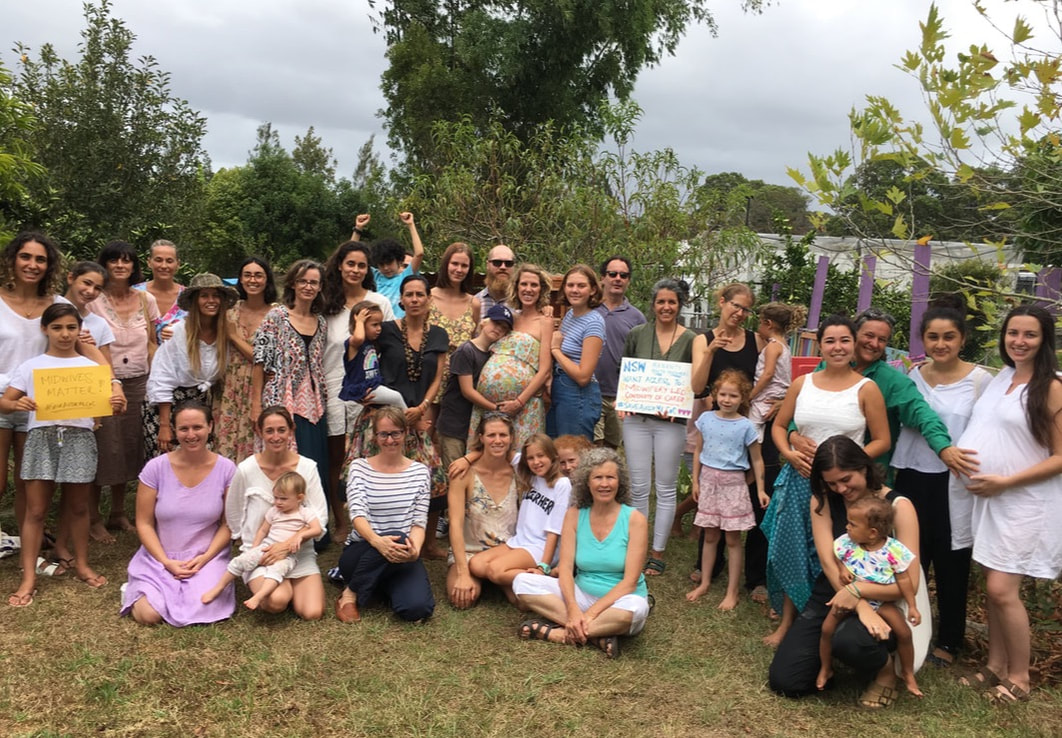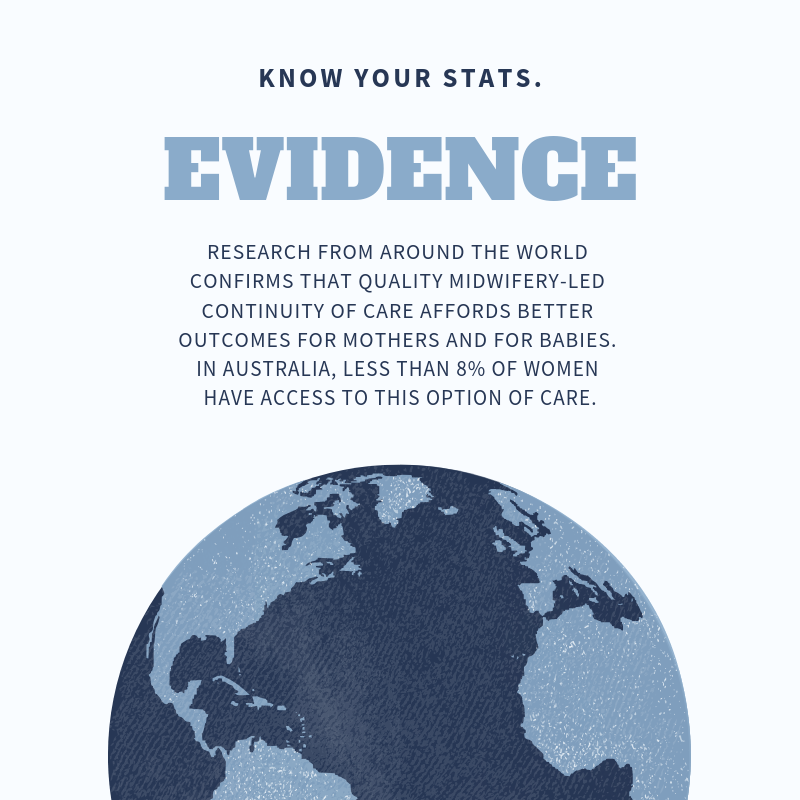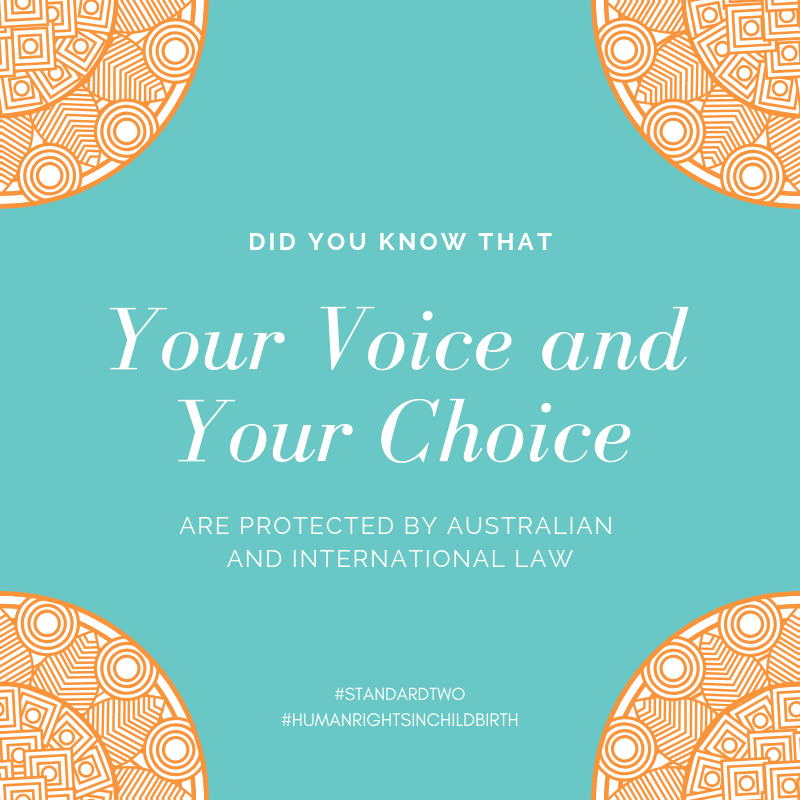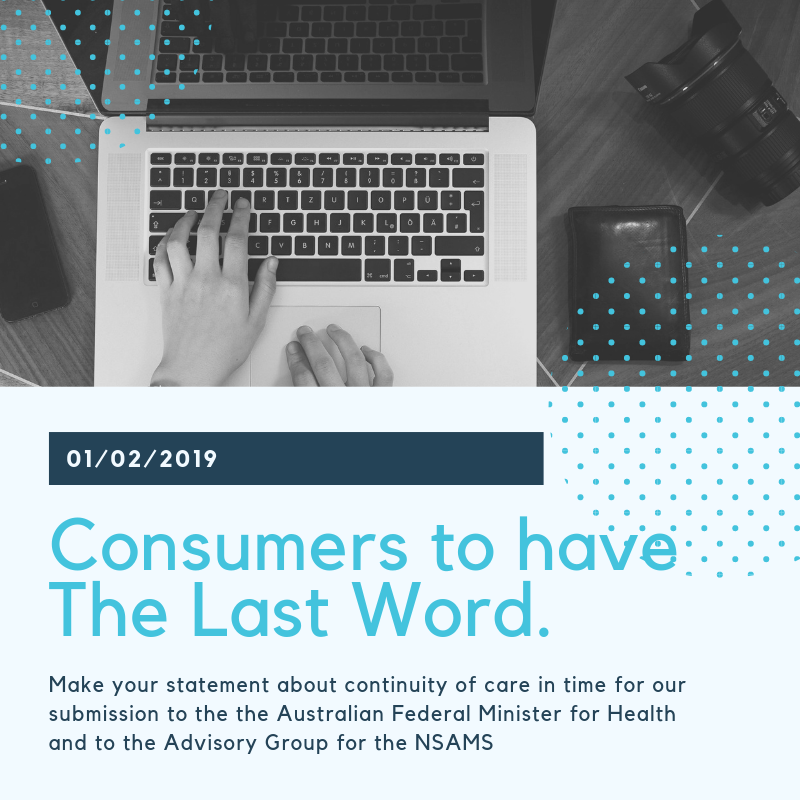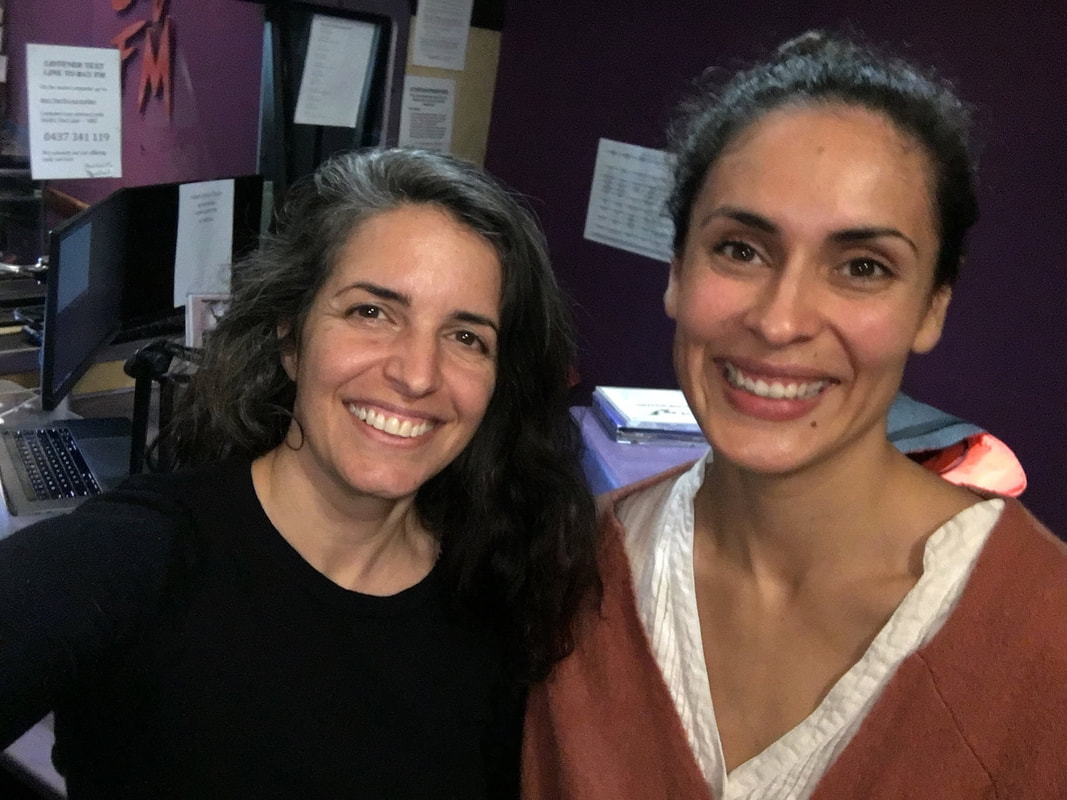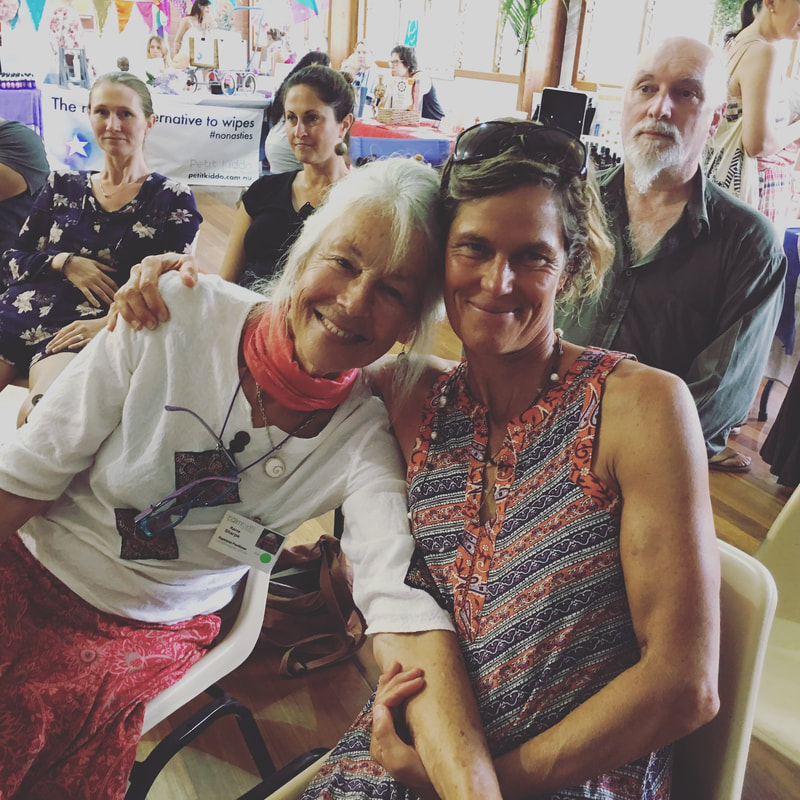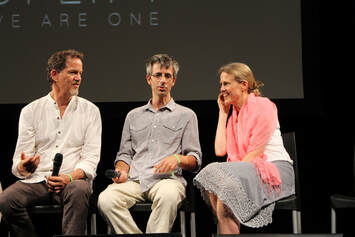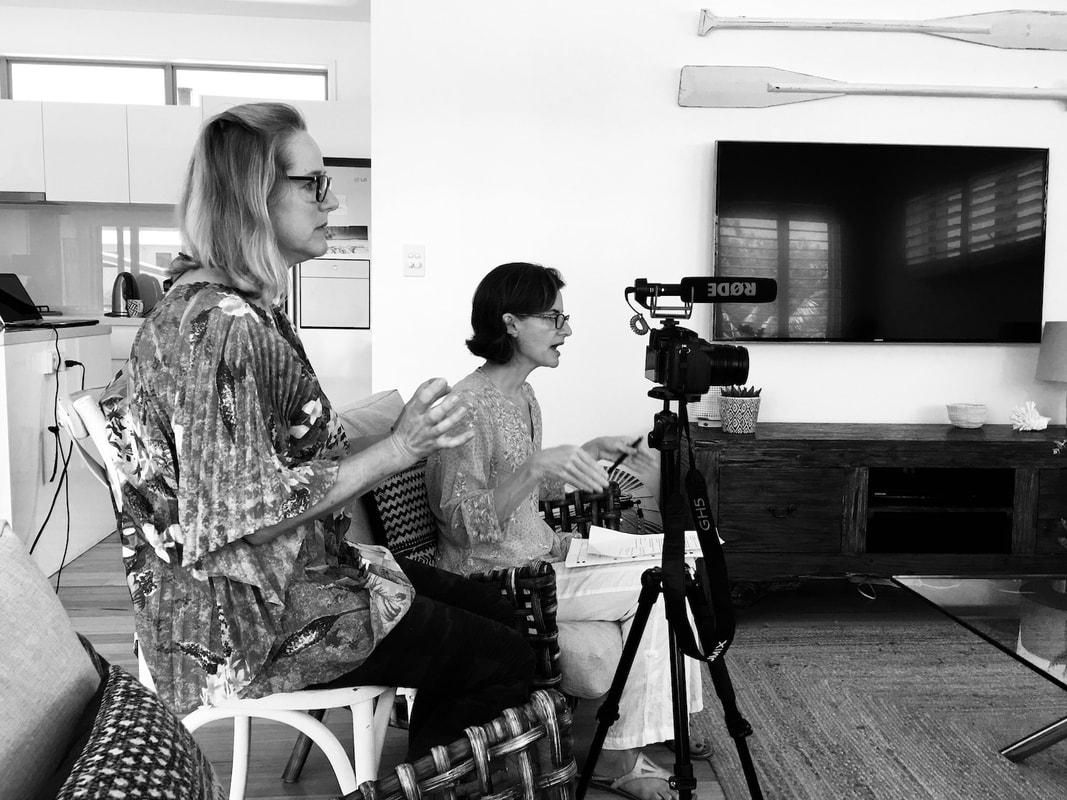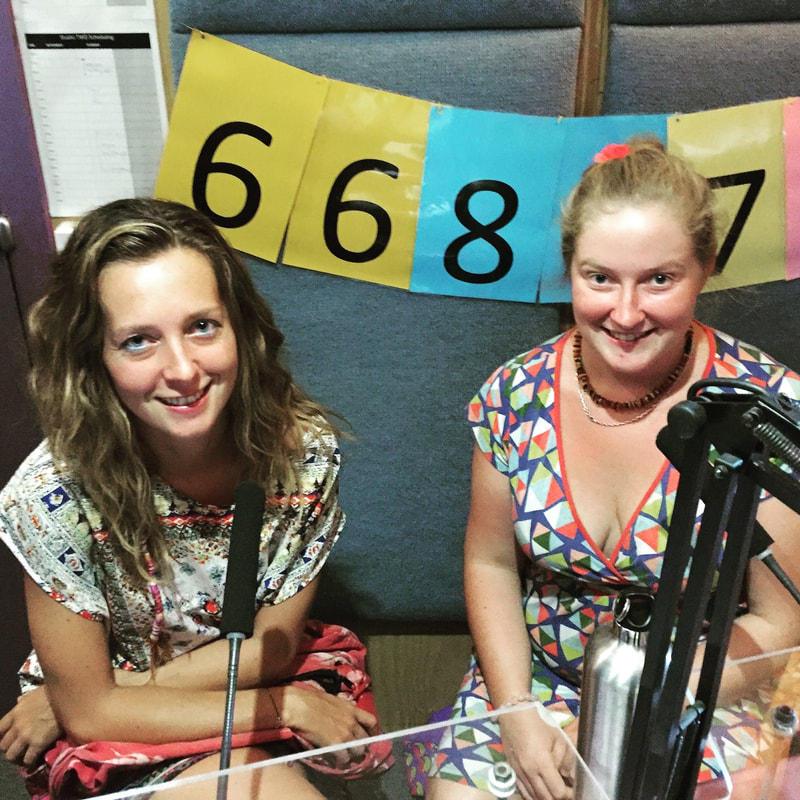ADD YOUR VOICE TODAY.
The Australian government is redesigning the maternity healthcare system and they need your voice! If your voice is not included other more powerful groups with an interest in keeping things as they are, will cloud over consumer's choices. We know how passionate you are about your own and your families health and wellbeing and we know how passionate you are about having the best care available to you during the perinatal period - pregnancy, childbirth and postnatally. That is why we are demanding that our government listen to consumers and hear them loud and clear - Australian women and maternity healthcare consumers are adamant about having access to the best possible care for them and their babies. We want to have the option to access to Midwifery Led Continuity of Care nearby where we live. We know from speaking to thousands fo consumers over the years, and from the latest research that this model of care provides the best outcomes for mothers and babies. Less than 8% of women in Australia have access to this model. We are here to change this!
Immediate, Key Campaign Actions
|
1. Post a short Video* statement - record on your smartphone, casual (in your real life, home/work break/park with kids etc) - great with the family but doesn't have to be. On the video: State your first name and which state and local you are from. Then, make a statement in your own words that includes the following phrase: I would like to have access to quality Midwifery Led Continuity of Care/r nearby where I live. Make it personal - its about your choices! Once it is done: either email it to [email protected] and or post to social media using the hashtags: #SAVEAussieMLCoC #AussieConsumerVoice #AusPol
2. Sign the Petitions: Consumers for MLCoC - run by PBB Media Funding Reform in Maternity - run by Maternity Choices Australia 3. STAND for MLCoC - Get together locally with consumers (families, community members who access maternity care), providers (midwives, doctors, doulas etc) and anyone who supports MLCoC. Choose a date in February or March and make a STAND for MLCoC - take photos, do a facebook live and ask people to make their video statements, if they haven’t already. If you need some support in getting an event happening in your area, please email us here. |
|
|
How to make your statement
|
Do you have any questions about this campaign?
View our frequently asked questions below. If your question isn't available, simply send us your query and we will endeavour to reply within 2 business days.
*If none of the options above are possible, you can also easily fill out the form below and your response will be added.
View our frequently asked questions below. If your question isn't available, simply send us your query and we will endeavour to reply within 2 business days.
*If none of the options above are possible, you can also easily fill out the form below and your response will be added.
Important information about the following form:
This form is for Australian maternity consumers only - you live in Australia and have accessed, are accessing or will access Maternity Healthcare in any form.
This form is for Australian maternity consumers only - you live in Australia and have accessed, are accessing or will access Maternity Healthcare in any form.
|
|
|
|
Maternity Choices Australia CampaignPregnancy, Birth and Early Parenting is such an important time in life.
This is the time a women becomes a mother and a baby is welcomed to the world. It is also the time, that when a women is cared for with respect, it can have a lasting effect on her, her baby, her family and the community. Maternity Choices Australia (formerly Maternity Coalition) was formed by committed and passionate individuals who believed that the services being offered, were not providing the care that women wanted or needed. We aim to see all women, no matter their circumstances have access to a number of maternity care choices that are based on respectful, women-centred care and are modelled and delivering care that is formed on best evidence. |
|
“I am adamant in my conviction to have access to quality midwifery-led continuity of care nearby where I live.”
|
- Annalee Atia, maternity healthcare consumer and Maternity Consumer Representative.
FAQs
Who can ADD THIER VOICE to this campaign?
Australian citizens who are consumers of maternity healthcare, their families and support networks. If you are signing this document as a support person, please mention this in your statement, e.g - I would like our family to have access to quality, Midwifery Led Continuity of Care nearby where we live.
What is a maternity healthcare consumer?
Any person who accesses any healthcare (midwifery services, a GP, an OB, a nurse, hospital, medical centre, birth centre, etc.) during the time they are pregnant, giving birth and postnatally. We believe that in the case of maternity healthcare, the immediate family, friends and support networks of the consumer are directly impacted by the access and services consumers receive. We therefor extend submissions to close family members and support members for the primary person seeking this care.
Why is it important to have your say?
The Australian Government is currently holding a review of maternity services across Australia. International qualitative and qualitative research has repeatedly shown that quality Midwifery-Led Continuity of Care provides better outcomes for mothers and for their babies (see list of evidence below). In Australia, less than 8% of women have access to this model of care.
What is a Midwife? Read through to get a better understanding of the term Midwife, internationally and here in Australia.
“Skilled, knowledgeable and compassionate care for childbearing women, newborn infants and families across the continuum throughout pre-pregnancy, pregnancy, birth, postpartum and the early weeks of life. Core characteristics include optimising normal biological, psychological, social and cultural processes of reproduction and early life, timely prevention and management of complications, consultation with and referral to other services, respecting women’s individual circumstances and views, and working in partnership with women to strengthen women’s own capabilities to care for themselves and their families” - Midwifery as defined in the Lancet series on Midwifery.
The midwife is recognised as a responsible and accountable professional who works in partnership with women to give the necessary support, care and advice during pregnancy, labour and the postpartum period, to conduct births on the midwife’s own responsibility and to provide care for the newborn and the infant. This care includes preventative measures, the promotion of normal birth, the detection of complications in mother and child, the accessing of medical care or other appropriate assistance and the carrying out of emergency measures.
The midwife has an important task in health counselling and education, not only for the woman, but also within the family and the community. This work should involve antenatal education and preparation for parenthood and may extend to women’s health, sexual or reproductive health and child care.
A midwife may practise in any setting including the home, community, hospitals, clinics or health units’. - the Midwife Scope of Practice as defined by the International Confederate of Midwives.
In some countries, the full scope of care that could be provided by qualified midwives is limited by health system and cultural barriers, and there is some overlap in roles and responsibilities between different health professionals. In many countries some aspects of midwifery care are provided by obstetricians, family doctors, nurses, auxilliary midwives, community health workers or traditional birth attendants, or by inadequately-trained midwives, as well as by competent midwives educated to international standards, and by nurse-midwives who are trained both as nurses and midwives. - Lancet series on Midwifery.
The Midwife in Australia carries out roles, functions, responsibilities and activities which a registered midwife is educated, competent and has authority to perform, in line with Australian national, jurisdictional and local legislation, regulatory registration standards and requirements, professional guidelines and policies. These include, but are not limited to:
Unfortunately in Australia the standard and availability of services in maternity care differ from place to place. There are also various 'types' (for lack of a better term) of Midwife here in Australia and as such, Midwifery is defined by context. This means that depending on the training they received (sometimes this can be a nurse with an on-the-job extra year of study), their place of work - policies and cultural and the specific maternity model - shift work or Midwifery Group Practice, the consumer is faced with care providers of the same title - i.e. Midwife, but not necessarily the same training, mind-set and scope of practice. Fragmented care, various roles and an undefined national standard of 'who-does-what' create confusion for consumers around role definitions and in navigating the system. On top of that, an Australian maternity consumer may come in contact with a different 'Midwife' in each antenatal visit and throughout childbirth and postnatally. The experience of any consumer within the Australian maternity healthcare system, differs widely and we cannot get a clear picture of the standard of Maternity care, let alone Midwifery care in this country (healthcare surveys often leave out important questions or ask the wrong kind of questions and do not leave room for comment). In fact, we believe that not only is the Australian consumer confused about the role of a Midwife, but the healthcare providers and practitioners themselves understand midwifery and maternity care overall, within their own limited experience with midwives and within the context of their working environment.
For a very brief comparative analysis, in New Zealand where the majority of women choose a Midwife to lead their maternity care, Midwives are educated with a four year full-time degree including 2400 hours of practice hours. When New Zealand Midwives finally receive their title, they are fully autonomous and considered to be Maternity Specialists (who by the way, are highly sought after here in Australia, especially by remote and rural healthcare providers). When given the choice, less than 6% of New Zealand women choose an Obstetrician to lead their maternity care.
Why did we create this campaign?
Members of PBB Media attended the ongoing consultations on the review of maternity services. Sally Cusack and Annalee Atia are both registered Maternity Consumer Representatives who have been operating in their area of Northern NSW Local Health District for several years, Sally for over 10 years and Annalee for over 5 years. Over this span of time they have spoken to hundreds of women, their close family members, friends and support networks about their experience with maternity healthcare services. We created this campaign because of the countless conversations we have had with maternity consumers and their families, their stories, accounts and experiences of maternity in general and maternity healthcare services here in Australia are the drive behind this project.
Australian citizens who are consumers of maternity healthcare, their families and support networks. If you are signing this document as a support person, please mention this in your statement, e.g - I would like our family to have access to quality, Midwifery Led Continuity of Care nearby where we live.
What is a maternity healthcare consumer?
Any person who accesses any healthcare (midwifery services, a GP, an OB, a nurse, hospital, medical centre, birth centre, etc.) during the time they are pregnant, giving birth and postnatally. We believe that in the case of maternity healthcare, the immediate family, friends and support networks of the consumer are directly impacted by the access and services consumers receive. We therefor extend submissions to close family members and support members for the primary person seeking this care.
Why is it important to have your say?
The Australian Government is currently holding a review of maternity services across Australia. International qualitative and qualitative research has repeatedly shown that quality Midwifery-Led Continuity of Care provides better outcomes for mothers and for their babies (see list of evidence below). In Australia, less than 8% of women have access to this model of care.
What is a Midwife? Read through to get a better understanding of the term Midwife, internationally and here in Australia.
“Skilled, knowledgeable and compassionate care for childbearing women, newborn infants and families across the continuum throughout pre-pregnancy, pregnancy, birth, postpartum and the early weeks of life. Core characteristics include optimising normal biological, psychological, social and cultural processes of reproduction and early life, timely prevention and management of complications, consultation with and referral to other services, respecting women’s individual circumstances and views, and working in partnership with women to strengthen women’s own capabilities to care for themselves and their families” - Midwifery as defined in the Lancet series on Midwifery.
The midwife is recognised as a responsible and accountable professional who works in partnership with women to give the necessary support, care and advice during pregnancy, labour and the postpartum period, to conduct births on the midwife’s own responsibility and to provide care for the newborn and the infant. This care includes preventative measures, the promotion of normal birth, the detection of complications in mother and child, the accessing of medical care or other appropriate assistance and the carrying out of emergency measures.
The midwife has an important task in health counselling and education, not only for the woman, but also within the family and the community. This work should involve antenatal education and preparation for parenthood and may extend to women’s health, sexual or reproductive health and child care.
A midwife may practise in any setting including the home, community, hospitals, clinics or health units’. - the Midwife Scope of Practice as defined by the International Confederate of Midwives.
In some countries, the full scope of care that could be provided by qualified midwives is limited by health system and cultural barriers, and there is some overlap in roles and responsibilities between different health professionals. In many countries some aspects of midwifery care are provided by obstetricians, family doctors, nurses, auxilliary midwives, community health workers or traditional birth attendants, or by inadequately-trained midwives, as well as by competent midwives educated to international standards, and by nurse-midwives who are trained both as nurses and midwives. - Lancet series on Midwifery.
The Midwife in Australia carries out roles, functions, responsibilities and activities which a registered midwife is educated, competent and has authority to perform, in line with Australian national, jurisdictional and local legislation, regulatory registration standards and requirements, professional guidelines and policies. These include, but are not limited to:
- Australian national and jurisdictional legislation including the Health Practitioner
Regulation National Law Act 2009 (Queensland)8 and subsequent amendments; - Nursing and Midwifery Board of Australia (NMBA) regulatory documents9;
- Australian College of Midwives’ guidelines10 and position statements11, including the National Midwifery Guidelines for Consultation and Referral12;
- other relevant national, jurisdictional and local professional policies and guidelines.
When deciding if a role, function, responsibility or activity is within their scope of practice, the midwife must comply
with the NMBA’s Decision-Making Framework13; that is, a midwife may carry out a particular activity if they:
- have received appropriate education and experience to carry out the activity safely;
- have been deemed to be competent by a supervisor;
- are confident in their ability to carry out the activity; and
- have appropriate authorisation, for example, from an employer.
Unfortunately in Australia the standard and availability of services in maternity care differ from place to place. There are also various 'types' (for lack of a better term) of Midwife here in Australia and as such, Midwifery is defined by context. This means that depending on the training they received (sometimes this can be a nurse with an on-the-job extra year of study), their place of work - policies and cultural and the specific maternity model - shift work or Midwifery Group Practice, the consumer is faced with care providers of the same title - i.e. Midwife, but not necessarily the same training, mind-set and scope of practice. Fragmented care, various roles and an undefined national standard of 'who-does-what' create confusion for consumers around role definitions and in navigating the system. On top of that, an Australian maternity consumer may come in contact with a different 'Midwife' in each antenatal visit and throughout childbirth and postnatally. The experience of any consumer within the Australian maternity healthcare system, differs widely and we cannot get a clear picture of the standard of Maternity care, let alone Midwifery care in this country (healthcare surveys often leave out important questions or ask the wrong kind of questions and do not leave room for comment). In fact, we believe that not only is the Australian consumer confused about the role of a Midwife, but the healthcare providers and practitioners themselves understand midwifery and maternity care overall, within their own limited experience with midwives and within the context of their working environment.
For a very brief comparative analysis, in New Zealand where the majority of women choose a Midwife to lead their maternity care, Midwives are educated with a four year full-time degree including 2400 hours of practice hours. When New Zealand Midwives finally receive their title, they are fully autonomous and considered to be Maternity Specialists (who by the way, are highly sought after here in Australia, especially by remote and rural healthcare providers). When given the choice, less than 6% of New Zealand women choose an Obstetrician to lead their maternity care.
Why did we create this campaign?
Members of PBB Media attended the ongoing consultations on the review of maternity services. Sally Cusack and Annalee Atia are both registered Maternity Consumer Representatives who have been operating in their area of Northern NSW Local Health District for several years, Sally for over 10 years and Annalee for over 5 years. Over this span of time they have spoken to hundreds of women, their close family members, friends and support networks about their experience with maternity healthcare services. We created this campaign because of the countless conversations we have had with maternity consumers and their families, their stories, accounts and experiences of maternity in general and maternity healthcare services here in Australia are the drive behind this project.
In fact, we believe that not only is the Australian consumer confused about the role of the Midwife, but the healthcare providers and practitioners themselves understand midwifery within their own limited experience with midwives and within the context of their working environment.
Your question doesn't feature?
If your question isn't available, simply send us your query and we will endeavour to reply within 2 business days.
If your question isn't available, simply send us your query and we will endeavour to reply within 2 business days.
|
“Midwifery is a vital solution to the challenges of providing high-quality maternal and newborn care for all women and newborn infants, in all countries”
The Lancet Series, An Executive Summery on Midwifery -
|
Research, evidence and recommendations on MLCC models of care.
|
Midwife-led continuity models of care compared with other models of care for women during pregnancy, birth and early parenting
Source: Cochrane Authors: Sandall J, Soltani H, Gates S, Shennan A, Devane D Published: 28 April 2016 Summery: The main benefits were that women who received midwife-led continuity of care were less likely to have an epidural. In addition, fewer women had episiotomies or instrumental births. Women’s chances of a spontaneous vaginal birth were also increased and there was no difference in the number of caesarean births. Women were less likely to experience preterm birth, and they were also at a lower risk of losing their babies. In addition, women were more likely to be cared for in labour by midwives they already knew. The review identified no adverse effects compared with other models. |
WHOThe World Health Organisation
|
WHO recommendation on midwife-led continuity of care during pregnancy
Source: WHO - the World Health Organisation Published: 1 November 2016 Methods: The quality of the scientific evidence underpinning the recommendations was graded using the Grading of Recommendations Assessment, Development and Evaluation (GRADE) (5) and Confidence in the Evidence from Reviews of Qualitative research (GRADE-CERQual) (6) approaches, for quantitative and qualitative evidence, respectively. Up-to-date systematic reviews were used to prepare evidence profiles for priority questions. Recommendation: Midwife-led continuity-of-care models, in which a known midwife or small group of known midwives supports a woman throughout the antenatal, intrapartum and postnatal continuum, are recommended for pregnant women in settings with well functioning midwifery programmes. |
|
The Lancet Series on Midwifery
Source: The Lancet Executive Summery: The essential needs of childbearing women in all countries, and of their babies and families, are the focus of this thought-provoking series of international studies on midwifery. Many of those needs are still not being met, decades after they have been recognized. New solutions are required. The Series provides a framework for quality maternal and newborn care (QMNC) that firmly places the needs of women and their newborn infants at its centre. It is based on a definition of midwifery that takes account of skills, attitudes and behaviours rather than specific professional roles. The findings of this Series support a shift from fragmented maternal and newborn care provision that is focussed on identification and treatment of pathology to a whole-system approach that provides skilled care for all. 2 of the Key Messages (see link for the whole summery in pdf.):
|
join us in this campaign and make sure your voice is heard
Post your statement on social media using the campaign hashtags #SAVEAussieMLCoC #MaternityConsumerVoice #AusPol
USING OUR VOICE FOR POSITIVE CHANGE
Voices of our CommunityPBB Media is dedicated to providing a platform for the voices in our community. We speak to hundreds of consumers every year and maintain close relationships with healthcare providers, policy makers, government and the education sector in order to cross pollinate information between these stakeholders. We champion consumer-centric healthcare and work tirelessly to provide accurate, resolved and timely information to all.
|
